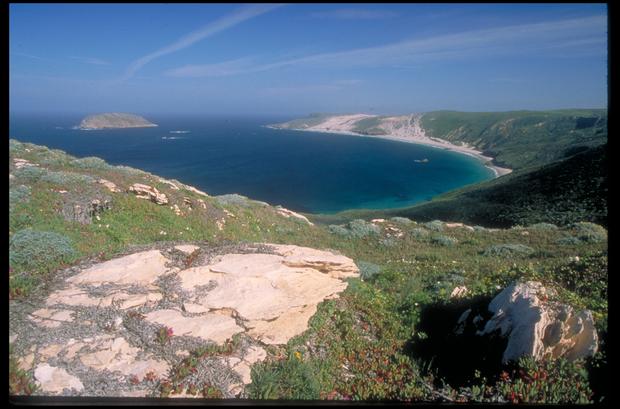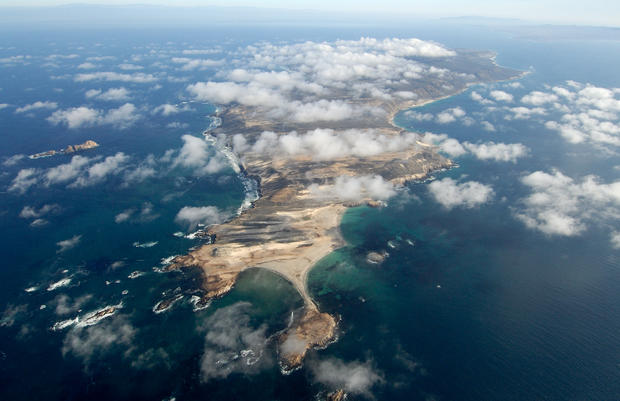Ancient Remains Known As Tuqan Man Reburied On San Miguel Island
VENTURA (CBSLA) — The ancient remains of a Native American man who died 10,000 years ago have been reburied on San Miguel Island in the Channel Islands National Park.
The remains, which became known as Tuqan Man, were discovered by accident in 2005 by archaeologists who were surveying a site on the island. Tuqan Man's remains were found exposed and eroding into a gully within the site, according to the National Park Service.
In cooperation with the Chumash Tribe, the National Park Service excavated the unprotected burial of Tuqan Man to keep it from eroding from the cliff and falling into the sea.
After much scientific study and analysis, the park officials determined Tuqan Man is Native American with significant cultural relationship to American Indian groups and to the maritime culture found on the northern Channel Islands for more than 13,000 years. But it wasn't definitively determined whether Tuqan man was a Chumash ancestor.
"Protecting the final resting places of our ancestors is of paramount importance to the Santa Ynez Band of Chumash Indians," Kenneth Kahn, Tribal Chairman for the Santa Ynez Band of Chumash Indians, said in a statement. "When our tribe learned of the discovery made by archeologists on San Miguel Island, we made it a priority to ensure that our ancestor was laid to rest with a proper burial. Thanks to years of cooperation with the National Park Service, we were granted that opportunity."
Tuquan Man was taken into the custody of the Chumash Tribe, who returned him last month to his resting place on San Miguel Island, which is 120 miles west of Los Angeles, in a ceremony that included singing and burning of white sage.





